A major 7.4-magnitude earthquake hit Taiwan on Wednesday morning, April 3, killing at least seven people and leaving over 700 individuals injured.
The quake, Taiwan's strongest one in 25 years, hit just before 8 a.m. local time, with the United States Geological Survey putting the epicenter 18 kilometers (11 miles) south of Taiwan's Hualien City, at a depth of 34.8 km.
Dozens of buildings were damaged, prompting tsunami warnings that extended to Japan and the Philippines before being lifted.
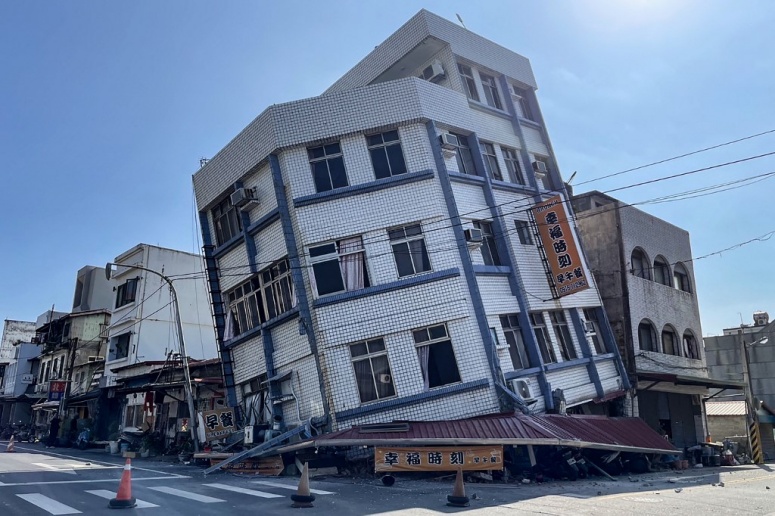
Tsunamis are vast and potentially destructive series of waves that can move at hundreds of kilometers per hour.
The Philippine Institute of Volcanology and Seismology (PHIVOLCS), in an advisory at 10:33 a.m., said there were no significant sea level disturbances that have been recorded since 7:58 a.m. based on available data of its sea level monitoring stations facing the epicentral area.
“With this, any effects due to the tsunami warning have largely passed and therefore DOST-PHIVOLCS has now cancelled all Tsunami Warnings issued for this event,” it said. “This will be the final tsunami information issued for this event.”
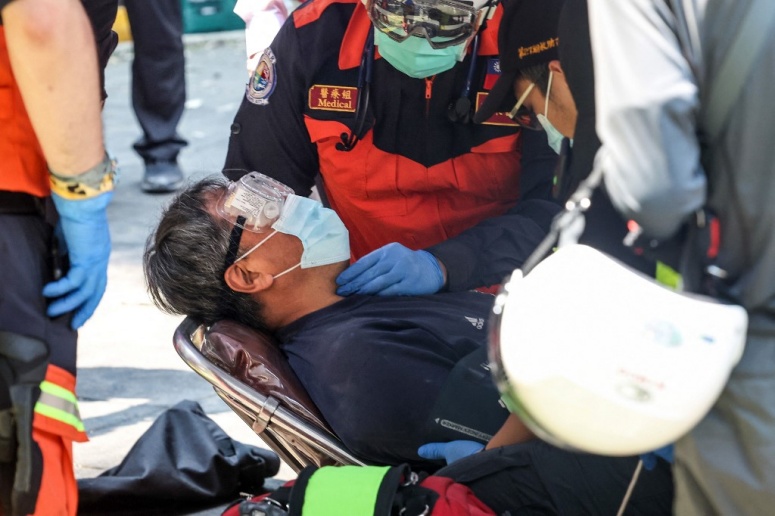

PHIVOLCS initially recommended evacuating residents from the Batanes Group of Islands, Cagayan, Ilocos Norte, and Isabela.
Japan's Meteorological Agency, meanwhile, previously issued a warning for tsunami waves as high as three meters (10 feet) for remote Japanese islands in the region, including Miyakojima island.
In Taiwan, authorities shared a tsunami alert via text message "to remind people in coastal areas to be vigilant and take strict precautions and pay attention to the dangers caused by sudden surges in waves."

Officials said the quake and series of strong aftershocks were the strongest to shake Taiwan in decades, warning of more tremors in the days ahead.
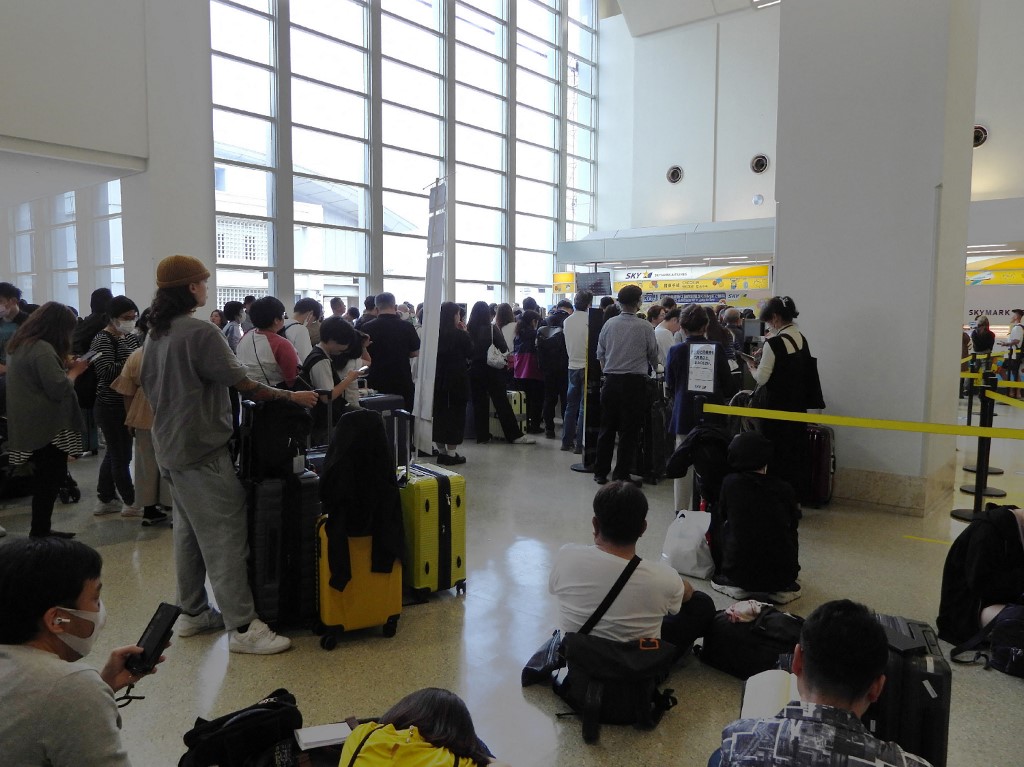
In the capital, the metro briefly stopped running but resumed within an hour, while residents received warnings from their local borough chiefs to check for gas leaks.
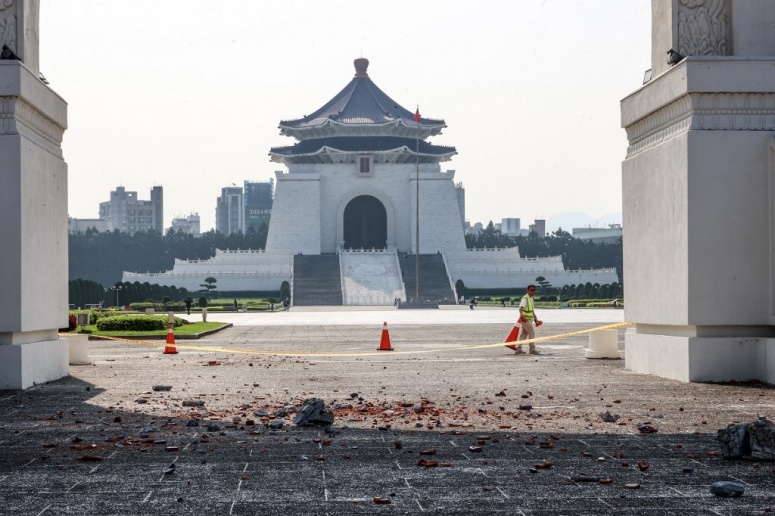
Across the Taiwan Strait, social media users in China's eastern province of Fujian, which borders the southern province of Guangdong, and elsewhere said they also felt strong tremors.
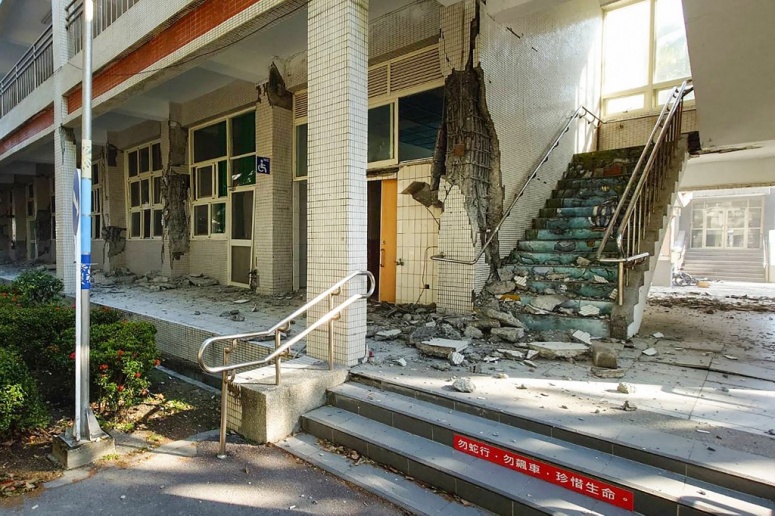
China, which sees self-ruled Taiwan as a renegade province, was "paying close attention" to the quake and "willing to provide disaster relief assistance,” state news agency Xinhua said.
The vast majority of quakes around the area are mild, although the damage they cause varies according to the depth of the epicenter below the Earth's surface and its location.
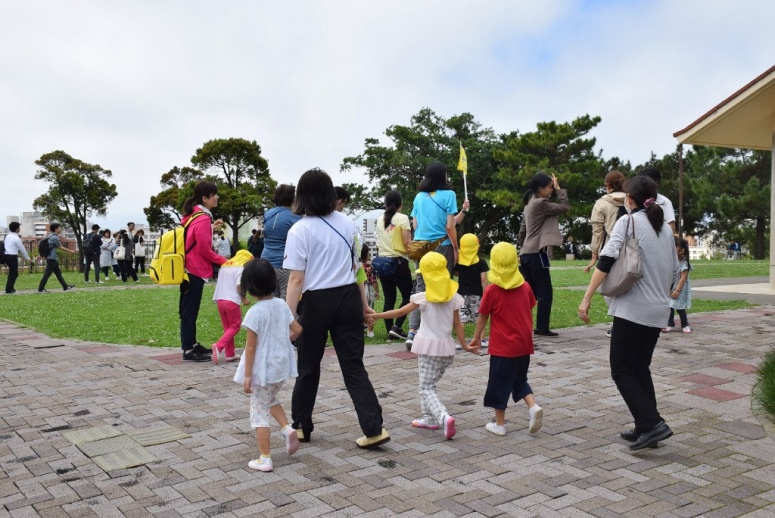
Taiwan's last strongest earthquake was in September 1999.
Al Jazeera reported that the 7.6-magnitude earthquake killed around 2,400 people. It injured 100,000 and destroyed thousands of buildings
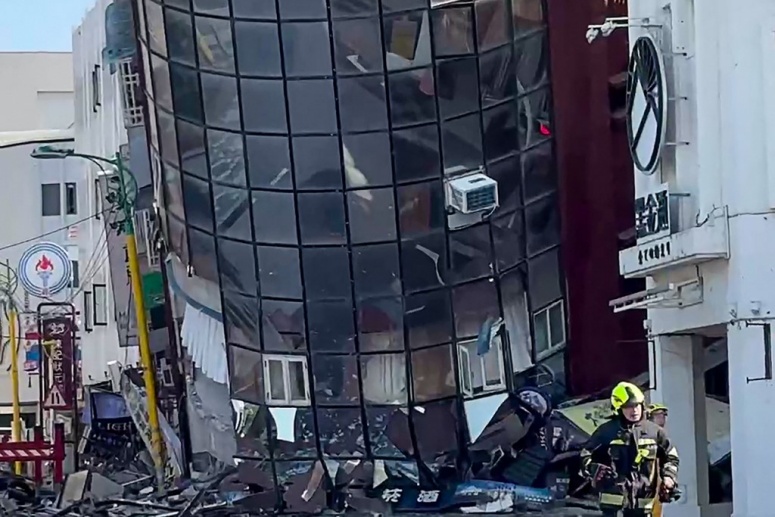

Taiwan is regularly hit by earthquakes as the island lies near the junction of two tectonic plates. (with reports from AFP)

